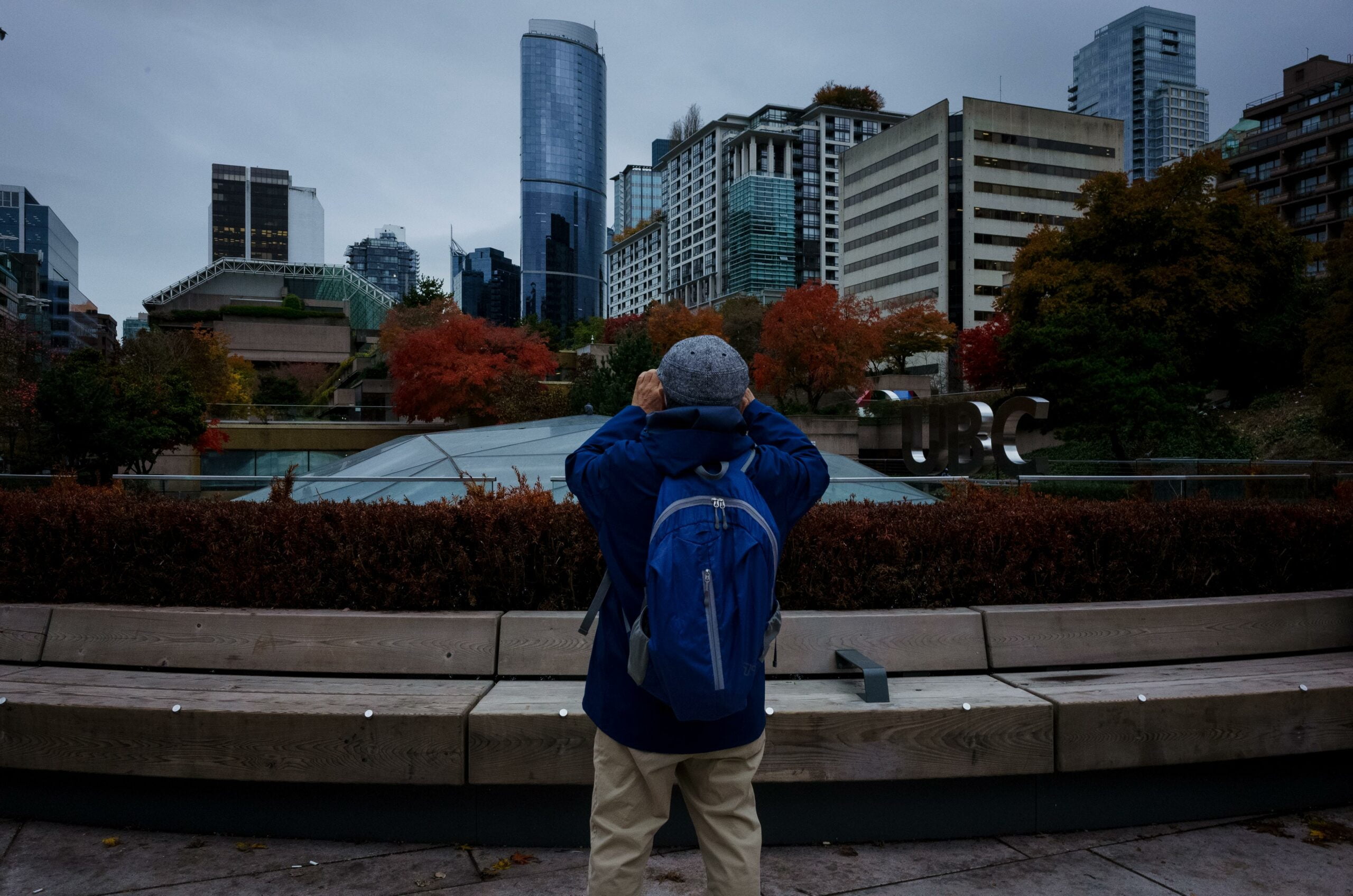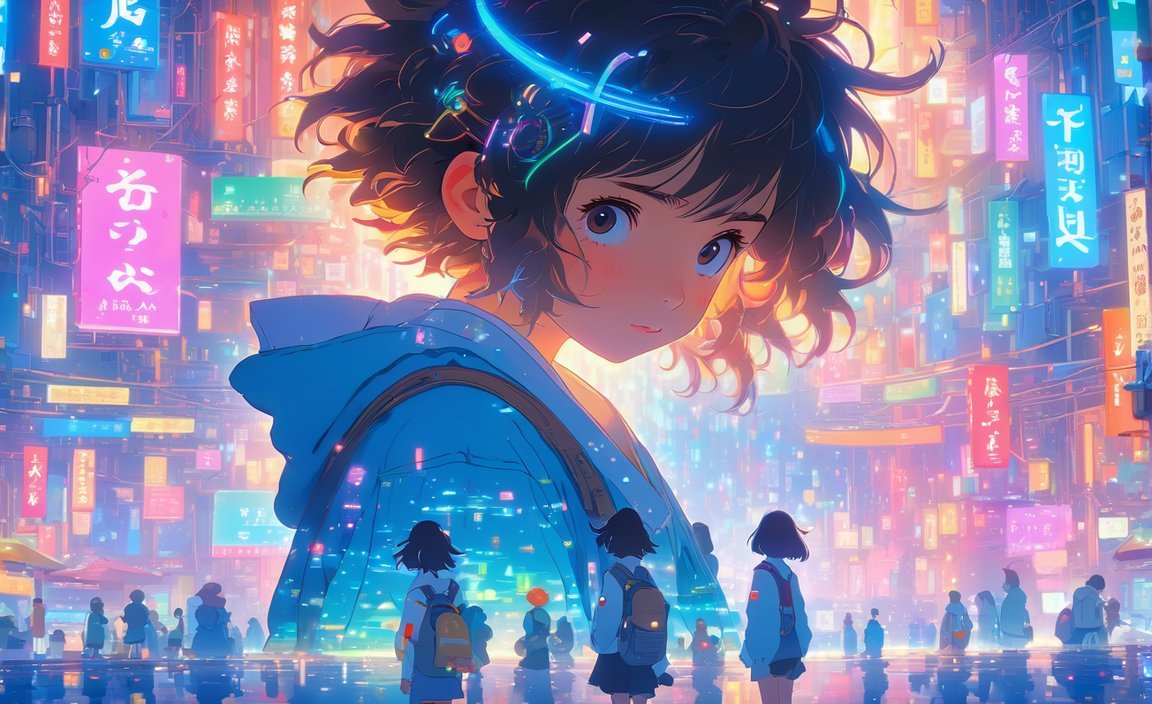Are you ready to embark on a journey into the immersive world of visual storytelling? In this article, we will delve deep into the fascinating realm where artistry meets communication, unlocking the power of compelling narratives. Prepare to be captivated as we explore the profound impact visuals have on our emotions, messages, and ideas. Whether you’re a seasoned professional or a curious enthusiast, join us as we unravel the secrets to mastering the art of visual storytelling. Get ready to elevate your creative arsenal and ignite the sparks of imagination!

Visual Storytelling
Visual storytelling has become an integral part of marketing strategies, as it allows brands to effectively communicate their message to their audience. Through the art of combining images, colors, and layouts, visual storytelling has the power to captivate and engage viewers, provoking emotions, and conveying information in a way that text alone cannot. In this article, we will explore the fundamentals of visual storytelling and how to master this powerful technique to unlock the full potential of compelling narratives.
The Essence of Visual Storytelling
At its core, visual storytelling is about using visuals to convey a story and captivate the audience. Just as a writer skillfully chooses words to create vivid imagery in a reader’s mind, a visual storyteller selects the right combination of images, colors, and layouts to evoke emotions and convey messages. By leveraging basic storytelling techniques, such as setting, characters, and plot, visual storytelling constructs narratives that inform, inspire, and provoke thought.
“Visual storytelling allows you to craft narratives that not only inform but also inspire and provoke thought.”
Crafting an Engaging Narrative
To create an impactful visual narrative, it is crucial to craft a story that appeals to the audience. Like any good storyteller, visual storytellers must focus on capturing attention and maintaining engagement. When developing a visual story, it’s important to keep the following tips in mind:
Know your audience: Understanding the target audience is key to creating a narrative that resonates with them. What are their interests, values, and aspirations? Tailoring the story to their preferences will increase its effectiveness.
Stick to the fundamentals: While it’s tempting to jump into complex visual ideas, it’s important to start with the basics. Build a solid foundation by incorporating storytelling fundamentals like a clear beginning, middle, and end.
“Marketers should stick to the basic fundamentals of visual storytelling, at least initially.”
Choose the right visuals: Selecting the appropriate visual media to support the narrative is crucial. Whether it’s images, videos, illustrations, or photography, each element should enhance the story and convey the intended message effectively.
Avoid shoehorning narratives: Although it may be tempting to jump on the latest viral meme or force a narrative into a specific visual idea, it’s important to ensure that the story flows naturally. Forced narratives can feel inauthentic and disconnect the audience.
“Avoid viral memes and don’t shoehorn a narrative into a specific visual idea.”
The Power of Visuals in Storytelling
Visuals have a profound impact on how information is processed by the human brain. In fact, our brains process visual information faster and retain it for longer periods compared to text alone. This is why visual storytelling has the ability to reach viewers at a deep and lasting level, leaving a lasting impression. By incorporating visual storytelling into marketing strategies, brands can effectively capture the attention of their audience and create a memorable experience.
“Visual storytelling is processed faster by the human brain compared to text.”
Examples of Visual Storytelling
To truly understand the power of visual storytelling, let’s look at some successful examples:
Modcloth: This fashion brand utilizes visual storytelling in their marketing campaigns by showcasing their clothing in real-life scenarios, allowing customers to imagine themselves in the story.
Patagonia: Patagonia’s visual storytelling revolves around their commitment to environmental sustainability. Through powerful imagery and videos, they convey the urgency of protecting the planet and evoke emotions in their viewers.
Slack: Slack uses visual storytelling to illustrate how their communication platform streamlines team collaboration. Their visuals demonstrate the seamless flow of information and the positive impact it can have on productivity.
Internet Live Stats: By utilizing infographics and visual representations of data, Internet Live Stats effectively communicates complex information about internet usage in a visually digestible format.
“Examples of visual storytelling include campaigns from Modcloth, Patagonia, Slack, and Internet Live Stats.”
Conclusion
Mastering visual storytelling is the key to unlocking the power of compelling narratives. By understanding the audience, sticking to the storytelling basics, and selecting the right visuals, marketers can engage and captivate viewers at a deep and lasting level. Visual storytelling allows brands to communicate their message in a way that is processed faster and remembered longer by the human brain. By incorporating this technique into marketing strategies, brands can create narratives that inform, inspire, and provoke thought, ultimately forging stronger connections with their audience.
“Visual storytelling is about using images to tell a story and captivate the audience.”
Animation is a fascinating art form that has captivated audiences for decades. From beloved characters to stunning visuals, there is so much to discover about this creative medium. If you’re a fan of animation and want to learn some fun facts, look no further! Click here to uncover some amazing fun facts about animation.
FAQ
What is visual storytelling?
Visual storytelling is a marketing strategy that allows brands to effectively communicate their message to their audience using graphics, pictures, and videos. It involves using images to tell a story and captivate the audience, evoking emotions and conveying information in a visually appealing way.
Why is visual storytelling important in marketing?
Visual storytelling is becoming increasingly important in marketing because it has the ability to convey emotions, humor, and information to the audience. It can capture the attention of viewers faster than text and reach them at a deep and lasting level. By crafting interesting stories that appeal to the audience, marketers can effectively communicate their brands’ messages and engage their target market.
How does visual storytelling work?
Visual storytelling works by incorporating basic storytelling techniques into visual formats such as videos, illustrations, and photography. Marketers choose the right visual media to support the narrative and leverage visuals to convey compelling narratives. By selecting the right combination of images, colors, and layouts, visuals effectively convey emotions, messages, and ideas, provoking thought and inspiring viewers.
What are some examples of visual storytelling?
Some examples of visual storytelling include campaigns from brands like Modcloth, Patagonia, Slack, and Internet Live Stats. These brands effectively use visuals to convey their messages and engage their audiences. Visual storytelling can also be seen in infographics, where graphics are used to communicate information in a visually appealing and easy-to-understand way.
How can I master visual storytelling?
To master visual storytelling, it is important to stick to the basic fundamentals of storytelling, at least initially. Avoid shoehorning a narrative into a specific visual idea or relying on viral memes. Instead, focus on crafting narratives that are interesting, appealing, and relevant to your target audience. Utilize design software tools to translate your concepts into visually stunning and impactful storytelling experiences.
- HelpCare Plus: Revolutionizing Affordable and Accessible Healthcare - December 29, 2024
- Boom & Bucket: Your Digital Marketplace for Used Heavy Equipment - December 28, 2024
- Ankle Bones Crossword Clue: Solutions, Tips & Anatomical Insights - December 28, 2024














